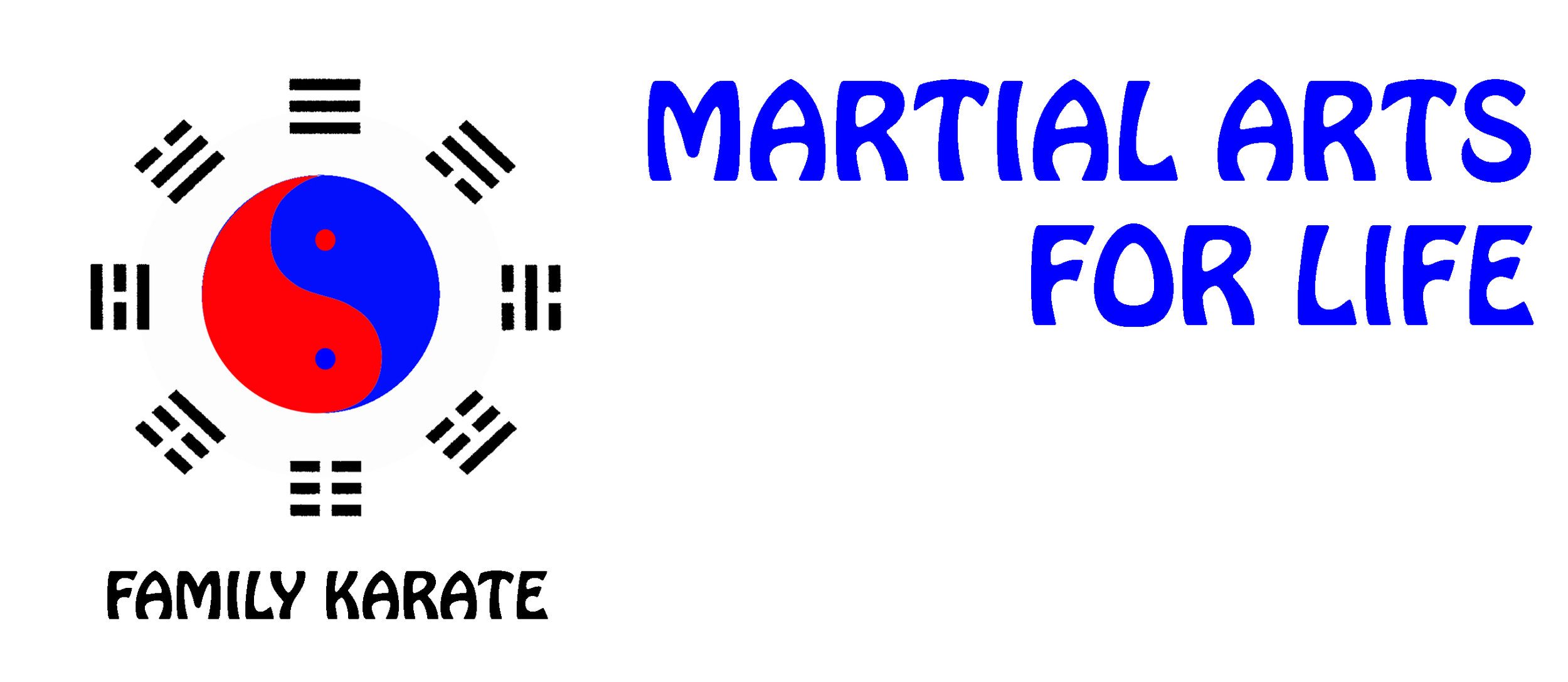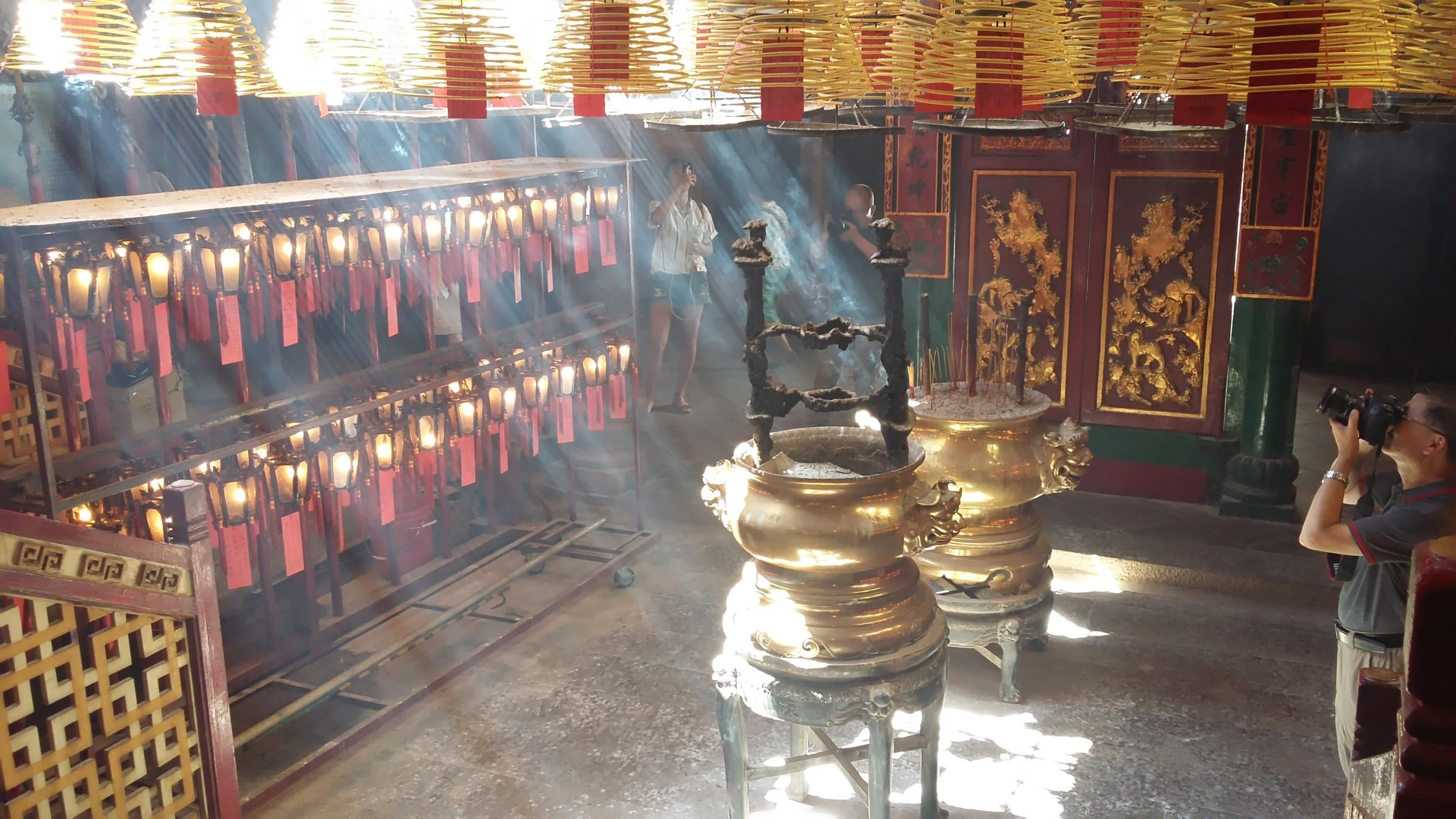Harewood Village Hall
LS17 9LJ
Tues 19:15 - 20:15
Tadcaster St Mary’s Church Hall
LS24 9AH
Tues 18:00 - 18:45 Kids only
Korea is a region in East Asia. Since 1948 it has been divided between two distinct sovereign states, North Korea and South Korea.
When Korea attempted to unify all of its martial arts under one name, tang soo do founder Hwang Kee held out. Although there are several similarities between tang soo do and tae kwon do, major differences can be found as well. Tae kwon do, for example, is more sports and competition oriented.
Action star Chuck Norris first received martial arts training in the Korean styles. He started out with tang soo do, to be specific. While the masses have seen his martial arts movies or heard one of the jokes about him, the public doesn't necessarily know that his combat style has Korean origins.









